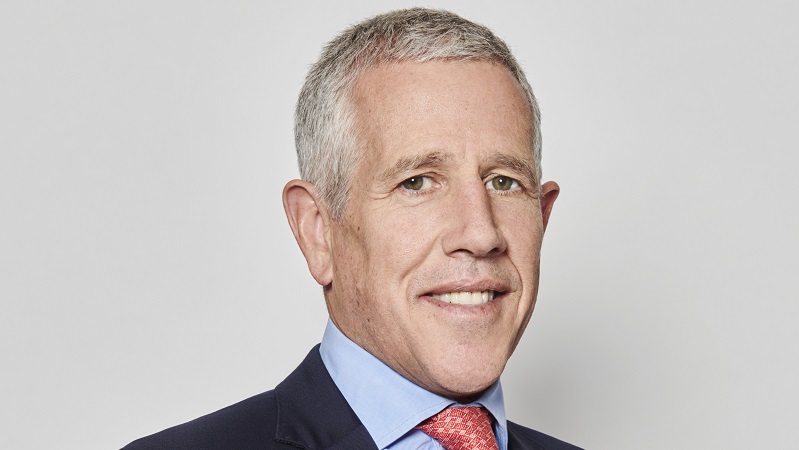But market fluctuations caused by an increasingly volatile world, and the subsequent evolution of a more complex, sophisticated range of investment strategies designed to mitigate these risks have exposed the drawbacks of relying on such a simple method.
Nearly half of UK IFAs agree, with 44% saying a traditional 60/40 stock/bond split is no longer the best way to pursue return and manage risk for most investors.
With the days of the 60/40 split past, the question now is what should replace it? Getting portfolios right for investors is more important than ever with big changes for UK pensions fast approaching, and investors need to understand the range of investment options available.
According to a separate survey of UK investors, nearly half (47%) claimed to have little or no knowledge of investments that can produce a stable income in retirement – a worrisome prospect as investors are being given unprecedented control over their retirement savings pots.
Let’s start with risk
The biggest risk for many investors is not meeting their retirement targets. And with investors still choosing safety over performance (83%), IFAs have their work cut out for them1.
Start by putting risk, not return, at the heart of the portfolio construction process. Risk has historically been a more stable (and therefore a more predictable) variable than return. The result is a more durable portfolio better suited to today’s markets. Portfolios that provide the returns investors need with downside protection help investors stay on track and focused on the long-term.
Work with clients to develop personal benchmarks, which incorporate the levels of risk they are willing to take to reach their goals, and construct a suitable portfolio around these.
Alternatives are no longer ‘alternative’
By only incorporating traditional equity and bond strategies into a portfolio, investors are not getting the diversification they need – a portfolio that delivers returns across all market conditions while providing protection against losses. Building alternatives – which could cover a range of uncorrelated asset classes – into the mix can help solve this problem.
Moreover many portfolios suffer from a false sense of diversity. Portfolios with a large number of funds may seem diverse but this can give investors a false sense of security if the assets within each fund have very high correlations in terms of performance. By identifying correlations IFAs can find assets that can help their clients’ portfolios weather market storms. And they may need to look at a different spread of assets in order to do it.
As an industry, we have a long way to go to educate investors on how to utilise alternatives to build better portfolios. More than half (61%)2 of UK investors say they have little or no knowledge of alternative investment strategies which can produce returns uncorrelated to broader markets, and nearly three quarters of UK IFAs (67%)1 saying they use alternatives infrequently.
On the bright side, almost half (42%) of UK investors say they would be more likely to include alternatives in their portfolios if their adviser recommended them2.
If it ain’t broke, don’t fix it
No one is arguing that including equities and bonds in a portfolio is no longer a good idea; however investors should start considering these asset classes in a new light. There is now a range of different options available to investors, which make these asset classes work harder – for example high conviction, concentrated equity strategies can produce high returns in the long term resulting from investing in a limited number of stocks. In these challenging economic times, strategies like this allow investors to look beyond short term market movements and build longer term exposure to ultimately benefit from longer term gains.
New horizons
The Government’s pension reforms are a welcome development. The greater flexibility savers will have over their pension pots provides an opportunity for asset managers and advisers to develop investment solutions which produce the stable income requirements investors will be looking for, whilst protecting capital which is now available to be handed down to future generations.
The challenge is helping clients understand the benefits of putting risk not return at the heart of the portfolio construction process; helping them gain confidence in adding unfamiliar asset classes to the mix; and at the same time, making their allocations to traditional asset classes work harder. As April draws closer, change is inevitable – it’s time we embraced it.










